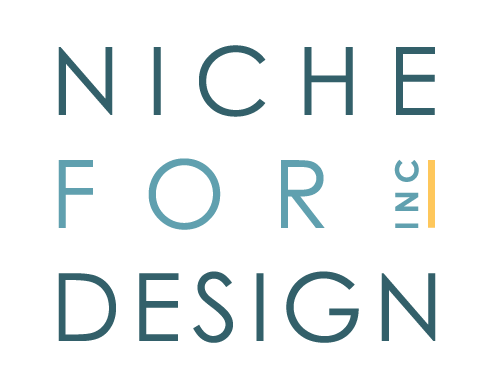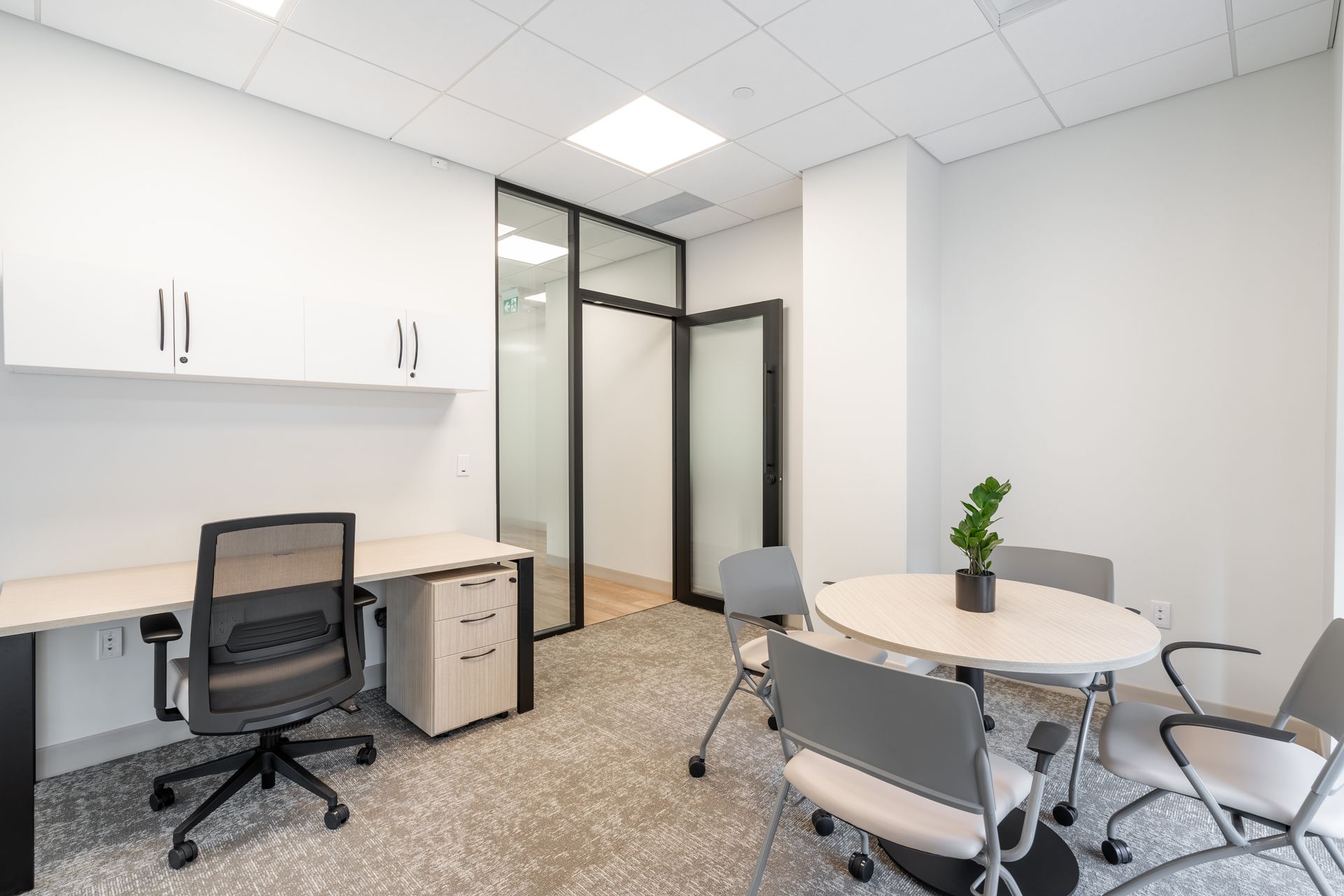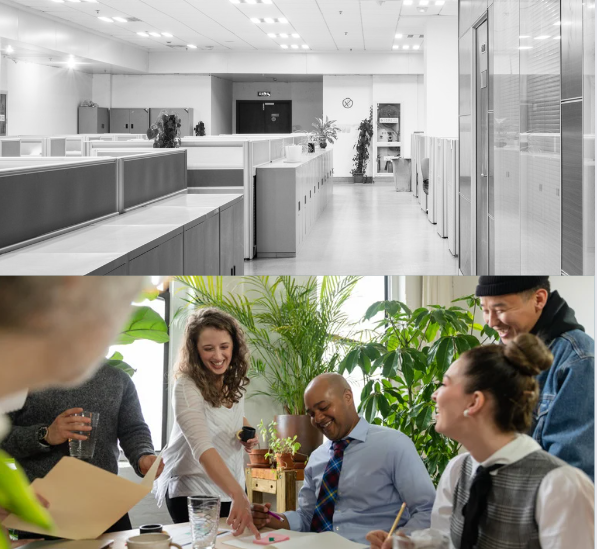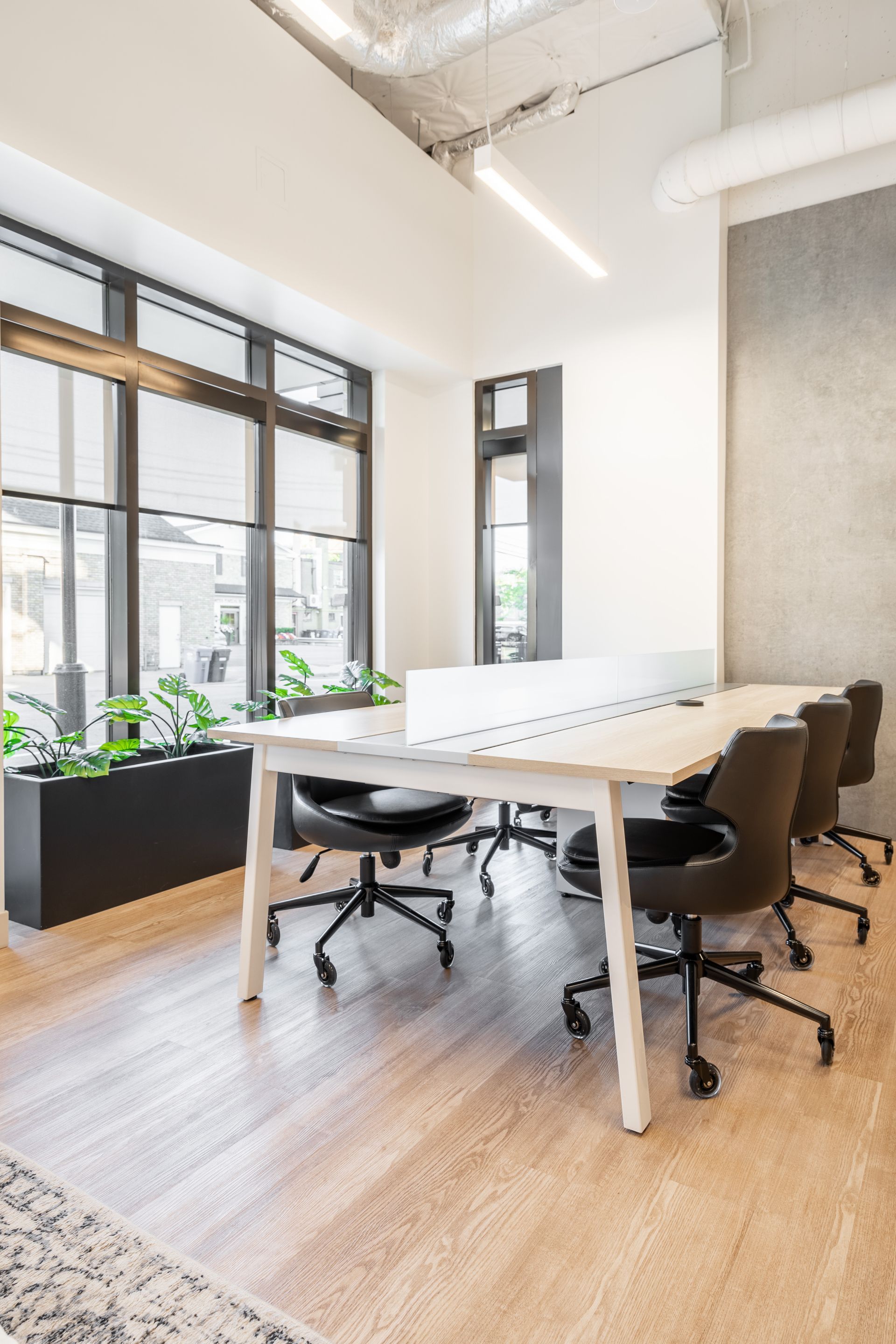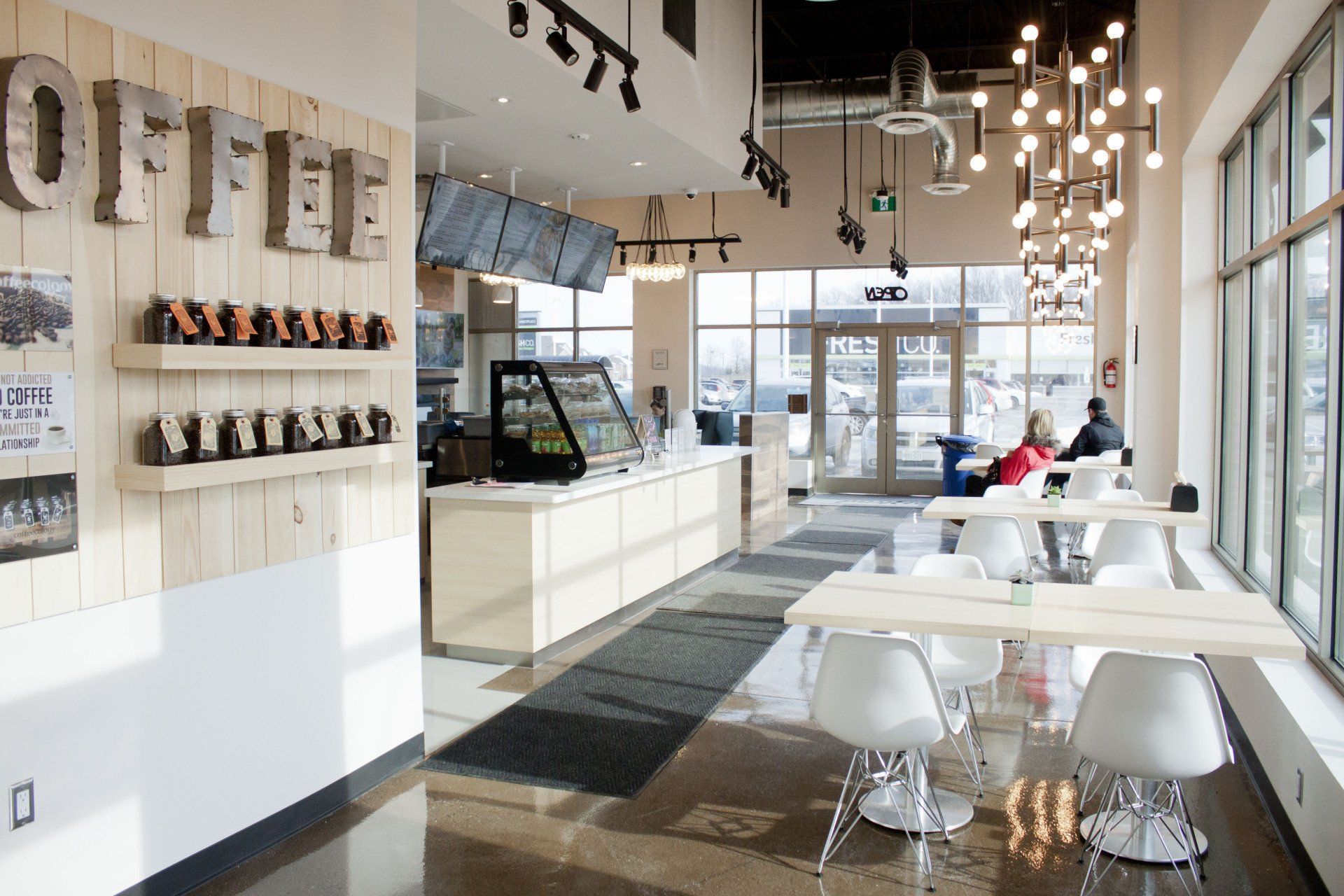How EI Helps Determine What Your Team Needs Most From Their Workspace
The big question on employers minds these days is how to get workers interested in returning to the office? How do we move forward into a new working world post pandemic? It is a question that millions are searching for and many theories have been put out there to explore. People who are considered highly intellectual have had ideas that fall flat, and it has left many scratching their heads and at a loss as to what to do now. However, the truth is that this problem is not that complicated, it is just being looked at through the wrong lens. This is a dilemma that is being dissected from a logical, rational an analytical level. One can imagine the amount of time spent on spreadsheets and whiteboards trying to solve this equation is obscene.
A ping pong table will not entice your team back to the office…
Despite popular belief with the large corporations, this can’t be solved with perks like flashy coffee bars, smoothie programs, a gym membership or ping pong tables. That fact that most think it can be is insulting to the population’s intelligence. They want to distract people with a cappuccino, so they don’t realize they are actually at work. They think maybe removing the coffee run from their day is the blessing in time management they have been waiting for. In actuality, some people really do enjoy going out for a coffee, it is a break from their desk and all of the noise. Ping Pong Fridays are also not fooling anyone for an excuse to stay longer to socialize after work when most just want to get home.
The office space evolution continues…
It is true there is no one sized fits all solution to this predicament and that is because every company is different and more importantly every person is different. That is why workplaces have struggled forever. We went from open bull pen type settings in the 50’s and 60’s filled with loud typewriters to the introduction of the boxed in cubicles in the late 60’s early 70’s. That took off well into the late 90’s and then we decided to open it back up again to these long benching style units, a variation of where we started. There are always rules within the workplaces that cater to the “majority” without asking the entirety if it works for them. Times and circumstances for workers have changed but these policies have not always changed with them. Case in point the 9-5 work hours were introduced in the 1920’s by Henry Ford in regard to the assembly line. How does that relate to today’s office life? As a society the expectation to do more in less time in extremely evident and the pressure is insurmountable. It is why so many employees after a long couple of years of added stress and mental health drain are approaching how they work in a new way and not hurrying back to the outdated ways of the office.
Many people enjoyed working from home for various reasons, no commute, less time to get ready, more time for family and personal hobbies like exercise. They also didn’t have to deal with as much workplace drama, clashing personalities, loud talkers and smokers that always get their 15-minute break while the healthy people get dirty looks for spending time outside. Not to mention the added pressure of feeling watched, demanding bosses at your desk and constantly being interrupted by coworkers. Isolation though isn’t healthy either and it took its toll during the pandemic. Humans are meant to be part of a tribe. We need to be social and feel the support of others around us and be seen. Too much alone time isn’t good for our mental health which the last couple of years shined a light on.
Majority agree that if you can make a hybrid option work at your company it is a great solution. Many companies are downsizing their office space and deploying the free address model, but yet still hearing crickets come Monday morning. They are only changing the desks from being dedicated to being open to anyone, nothing else. Others are taking the approach to forcing employees to agree to a certain schedule or else. Where is the humanity in this approach? This problem cannot be fixed with a dollar sign equation.
Why a wellness focused workspace might be the missing link…
Thermal comfort is one of the biggest complaints in the office, people are either too hot or too cold. This goes hand in hand with indoor air quality as we have seen that the recirculation of office air leads to spreading germs and creating sick building syndrome. Sensory overload is a also major problem when it comes to focusing. Noise from machines, devices, other workers can make getting anything do feel impossible.
Access to natural light and biophilic elements are low on the priority list but can make a huge impact on productivity. How can people expect to be creative on demand, come up with fresh ideas by sitting in a loud, cramped, hot or cold box all day? What would it be like to say let’s take this outside and be referring to a brainstorming session? This also leads to movement, we are not meant to sit all day, it is now proven to be as harmful as smoking. In a recent study by the Heart Foundation they found people who sit the most have 112% increase risk of diabetes, 147% increased risk of heart attacks and strokes and a 90% increased in death caused from cardiovascular issues. Encouraging workers to move and changed positions gives them more energy and leads to less sick time and injuries.
Mental breaks are just as required as physical ones. We are not programmable robots and we need restorative spaces to recharge, refuel, refocus, slow down our brain waves and regulate stress. We are not working effectively in a stressed state we are simply in survival mode. According to a study by Asana, that looked at 10,000 knowledge workers across seven countries. It found that approximately 70% of people experienced burn out in 2021. A closer look at these workers showed that 67% of women reported burn out, as well as 59% of men. Overall, 63% of employees experience burnout and sadly 40% believe it is inevitable part of success. It is very alarming that the consensus is that to be successful it needs to come at a physical and mental cost to our well being.
Utilize emotional intelligence to determine the true needs of your team..
Emotional intelligence is a skill that is drastically under utilized and rare to find. A high EQ needs to be integrated into a return-to-work plan of action. Humans have basic needs that are required to thrive. Unfortunately, many employers consider these to be “perks” or nice to have but when it comes to the bottom line they are not “worth it”. When these needs are met, working effectively and successfully fells natural and fluid. Using emotional intelligence, we can connect with employees to find out what they truly need to be set up for success. Increasing the quality of our spaces and the way we utilize them and interact in them can completely change, health, wellness, and positivity. This in turn increases efficiency and productivity in employees.
Scare tactics, perks that fade quickly or manipulating workers will not have positive or sustainable results. They key to making return to work exciting and effective is putting together a team that is focused on employee well being. Using EQ to develop a plan that designs spaces to be used in the most effective manor for your team. Incorporating the key elements of access to natural light and nature, high air quality, noise reduction, encouraging movement and positive collaboration areas will have long lasting positive affects. Interior designers, especially ones that focus on the WELL building standard can be of great assistance in this planning combined with a great HR team.
Remember that free coffee, snacks and games will lose excitement as quickly as a new toy on Christmas morning. But putting the time in to reflect on the wellness of your employees will pay off for years to come. Would you rather spend your money on quick fix short term solutions and high turn over costs or invest in your people and have a company that grows and flourishes because the people behind it are being nurtured from their roots? All beautiful things don’t fit in the same box.
Subscribe
Thank you for subscribing!
Please try again later.
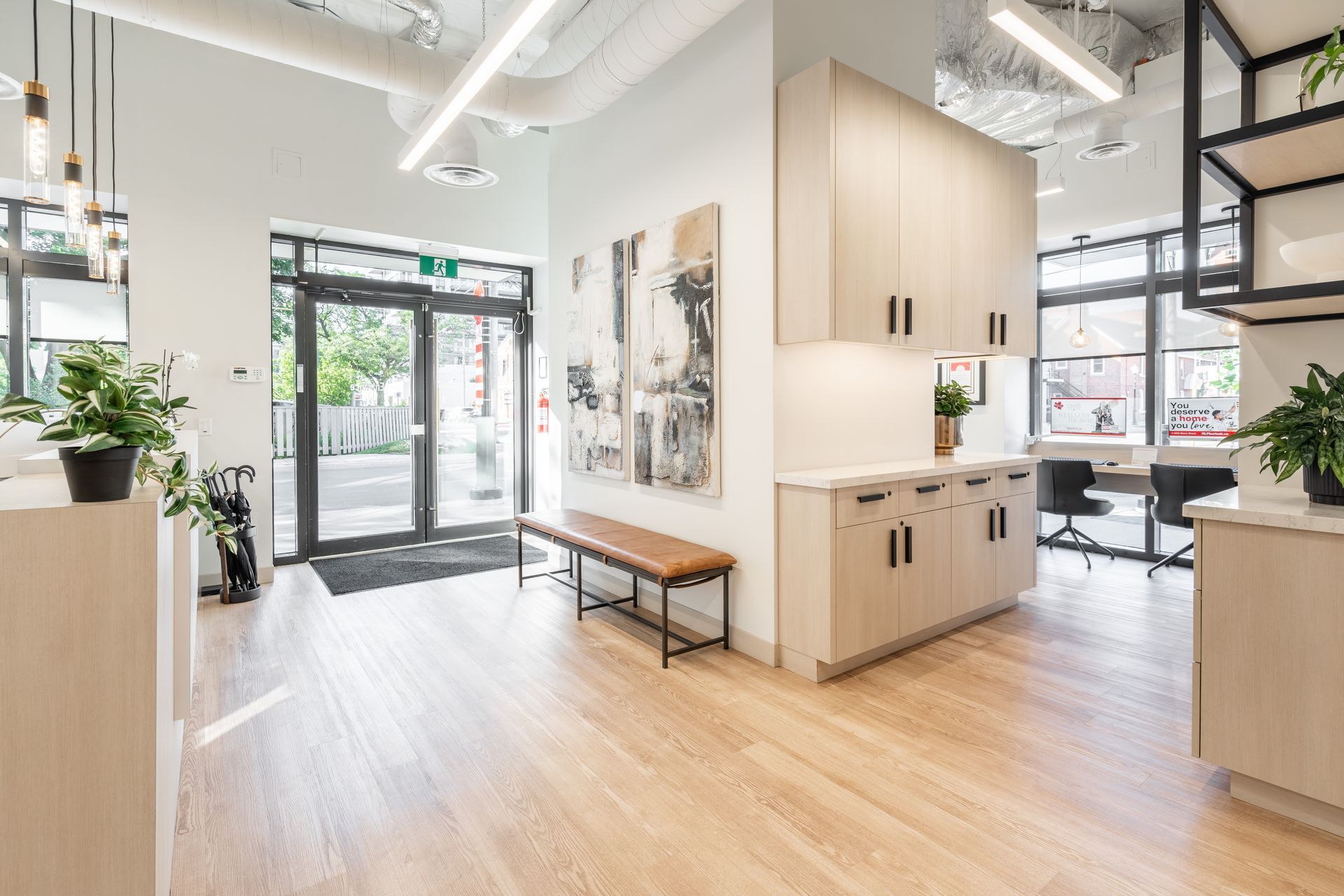
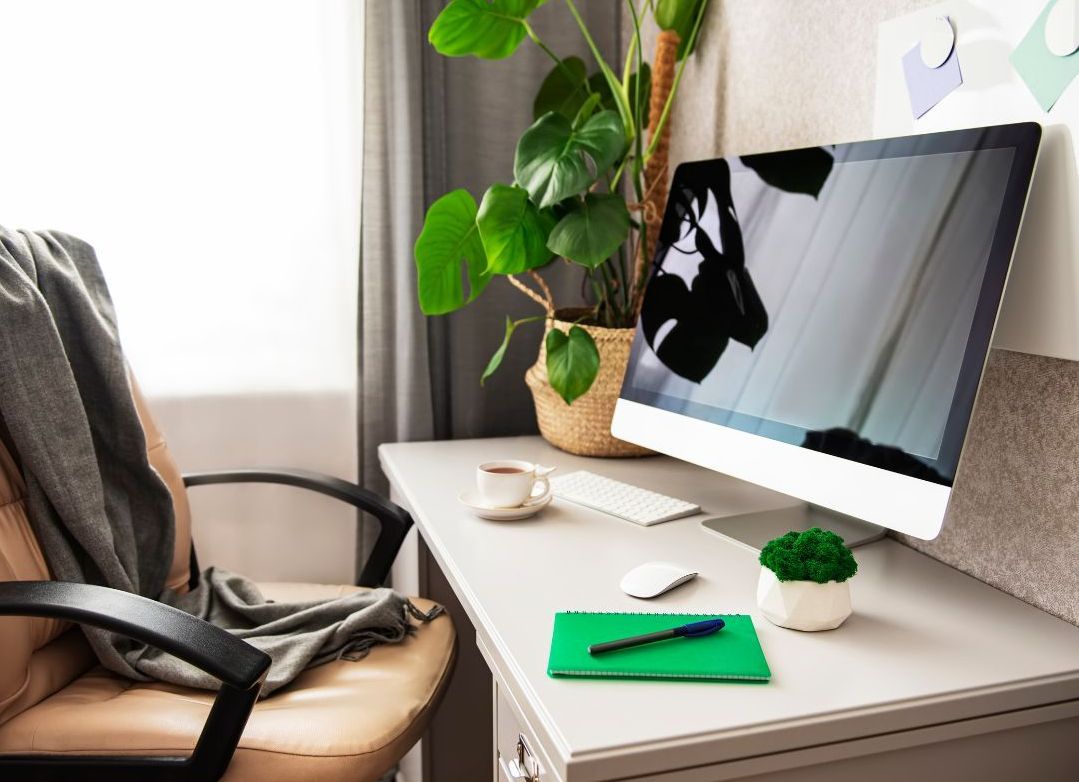
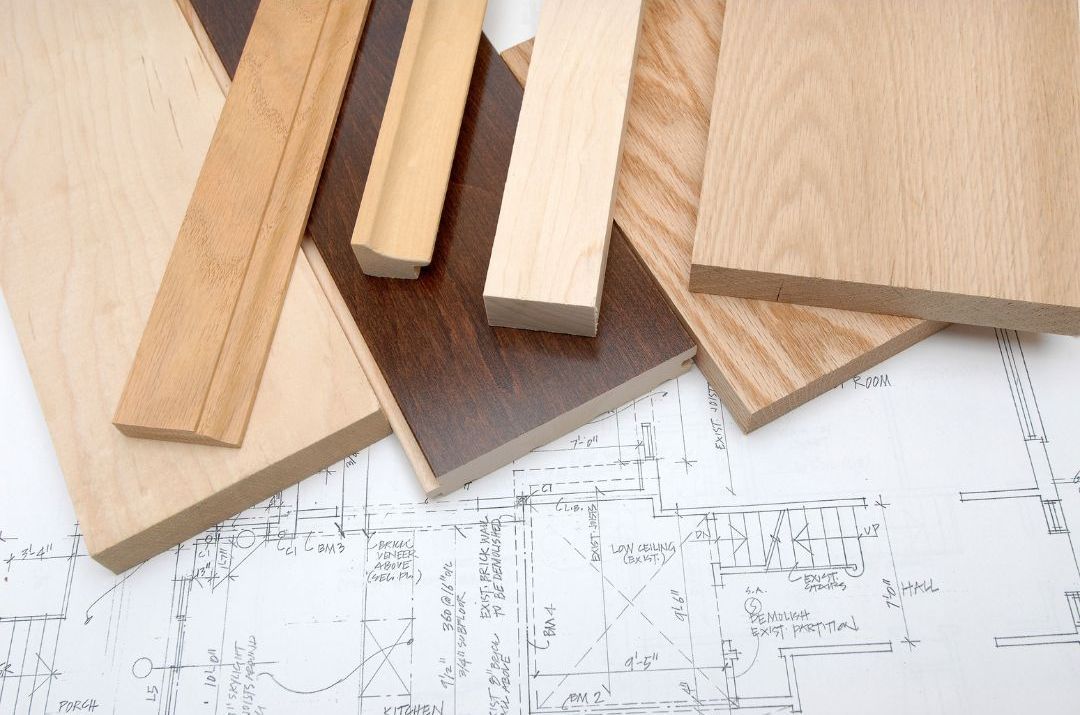
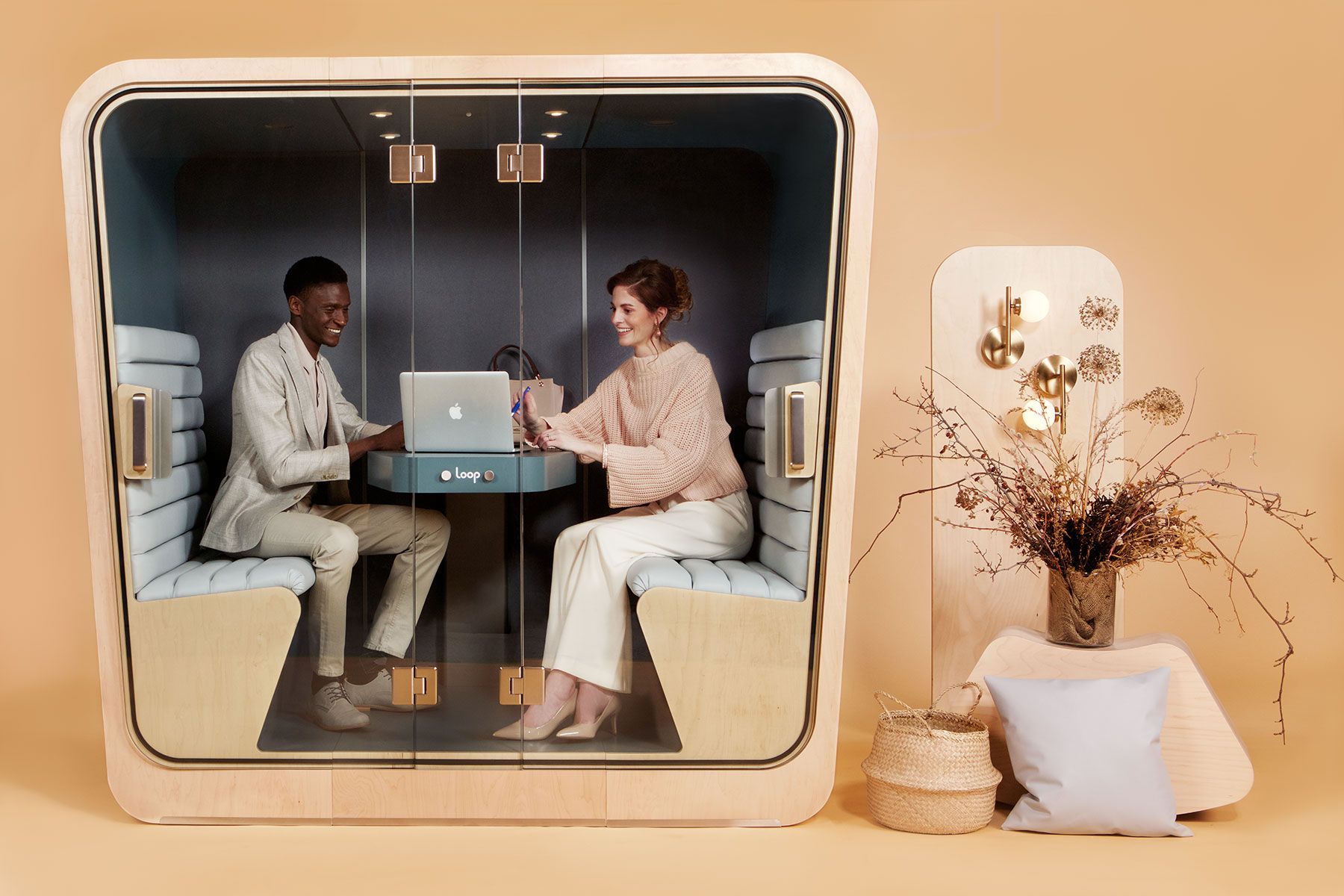
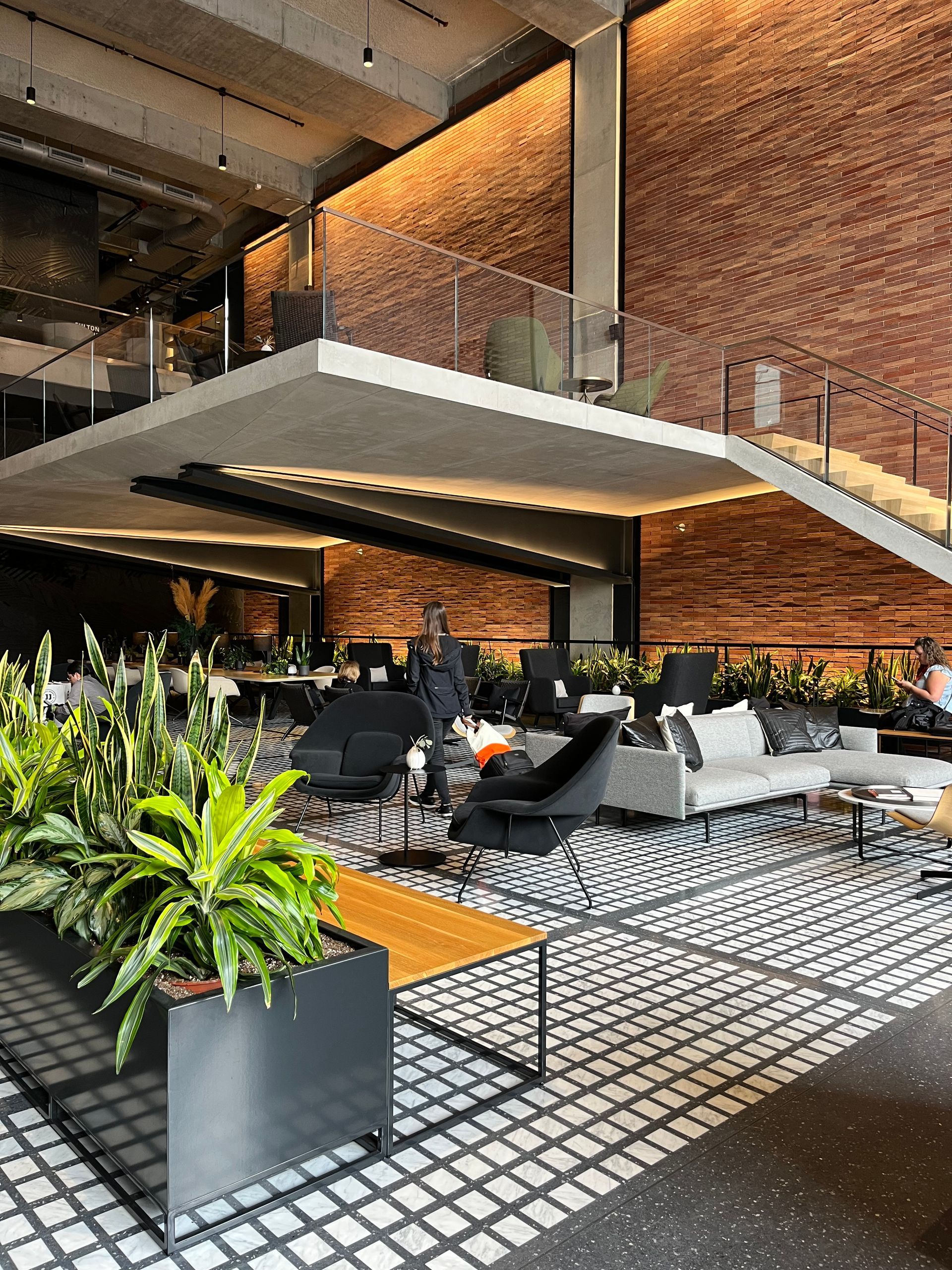
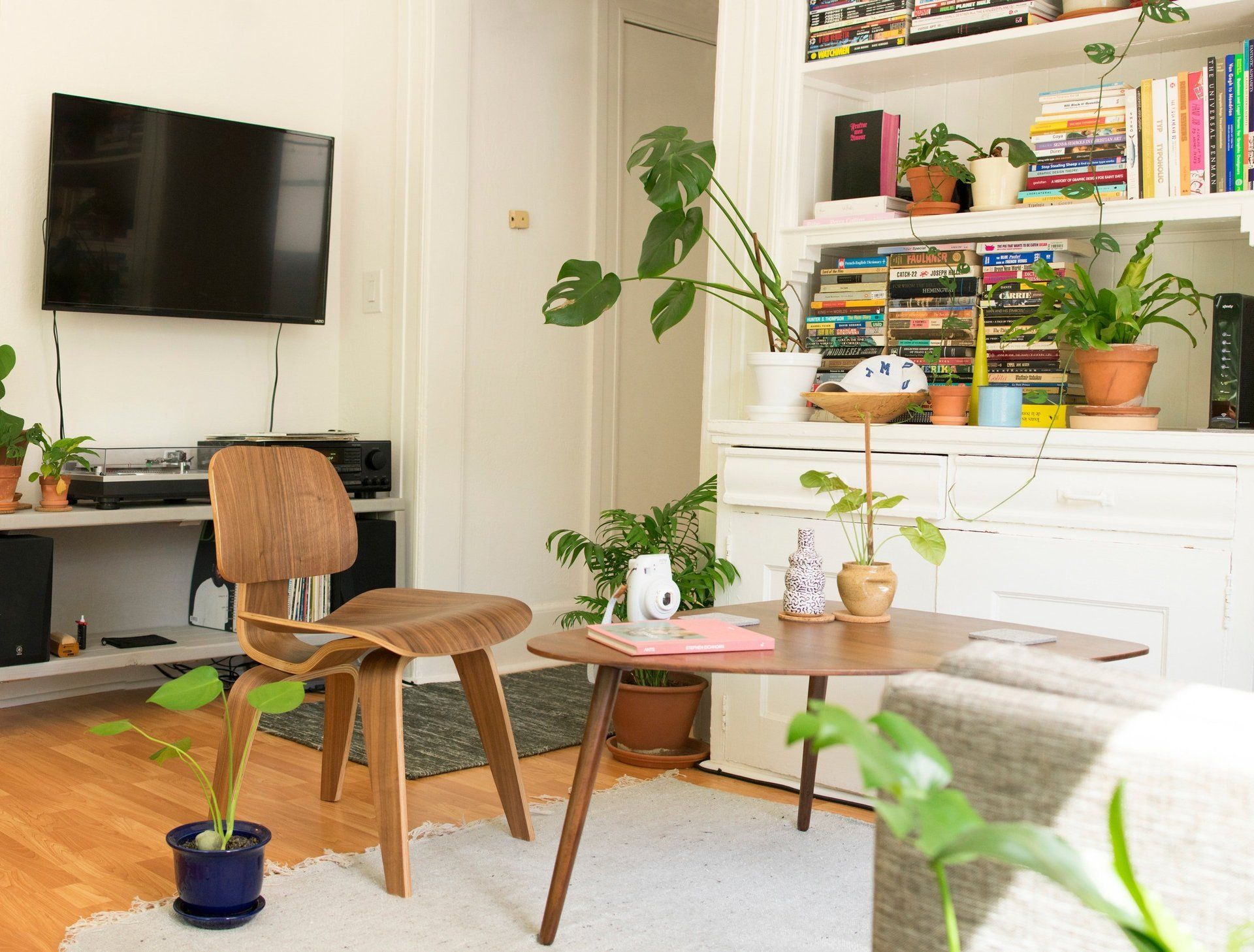
. Niche for Design. All Rights Reserved
